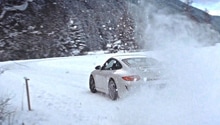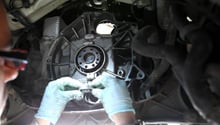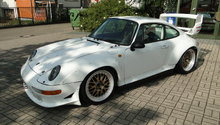Porsche 997: How to Minimize Engine Wear
Wear is usually something that comes along with use in all things mechanical. But how do we keep that wear to a minimum that so that we can get maximum miles out of it? Here are some tips to keep the wear away.
This article applies to the Porsche 911 997 (2005-2012).
All mechanical things have strengths and weaknesses, even your Porsche 911. It's not impossible to design and build a car that has no issues, but it definitely is extremely difficult and costly. For this reason, every generation of 911 has its certain issues that are common and that owners can spend all day debating about how to avoid them. It's always a good idea to be aware of these issues and keep them in mind, but don't let them scare you into not driving, or worse, selling your car.
The best thing to do after becoming aware of these issues is to develop a strategy of how you are going to try and reduce them or eliminate them all together. This article touches on some basic practices that would be a great addition to your own strategy and can even be applied to all machines.
Step 1 – Put miles on it
This seems almost counter intuitive. How are you supposed to eliminate wear caused by use if you set out to put more and more miles on it? Well, after doing a fair amount of research, it seems that a lot of wear and damage can be done if a car sits too long in between driving. Most engine failures happen on cars with under 50k miles. When a car is running, all the major components of the engine that require oil are being bathed in oil. This keeps them nice and lubricated. If a car sits for an extended period of time, some or most of the oil that was coating the components can run off due to basic gravity and can even leave certain surfaces almost bare. This is definitely not good for engine wear. Seals also have a tendency to dry out after sitting for extended periods of time. If your seals aren't keeping lubrication where it needs to be, this can also cause excessive and abnormal wear.
Another issue is that if you don't use your car frequently, it doesn't allow it to go through normal heat cycling. If we know anything about the basics of metals and the thermal effects on metals, we know that as metal gets hot it expands, and as it cools, it contracts. So as you can imagine, when you go to drive your car and it gets up to its normal operating temperature, all the metals go through a heat cycle and expand. These metals were used for your car because they were designed and engineered to be used at these temperatures. Allowing them to go through their normal heat cycles is almost a form of exercise for these materials and even other non-metallic materials on your 911.
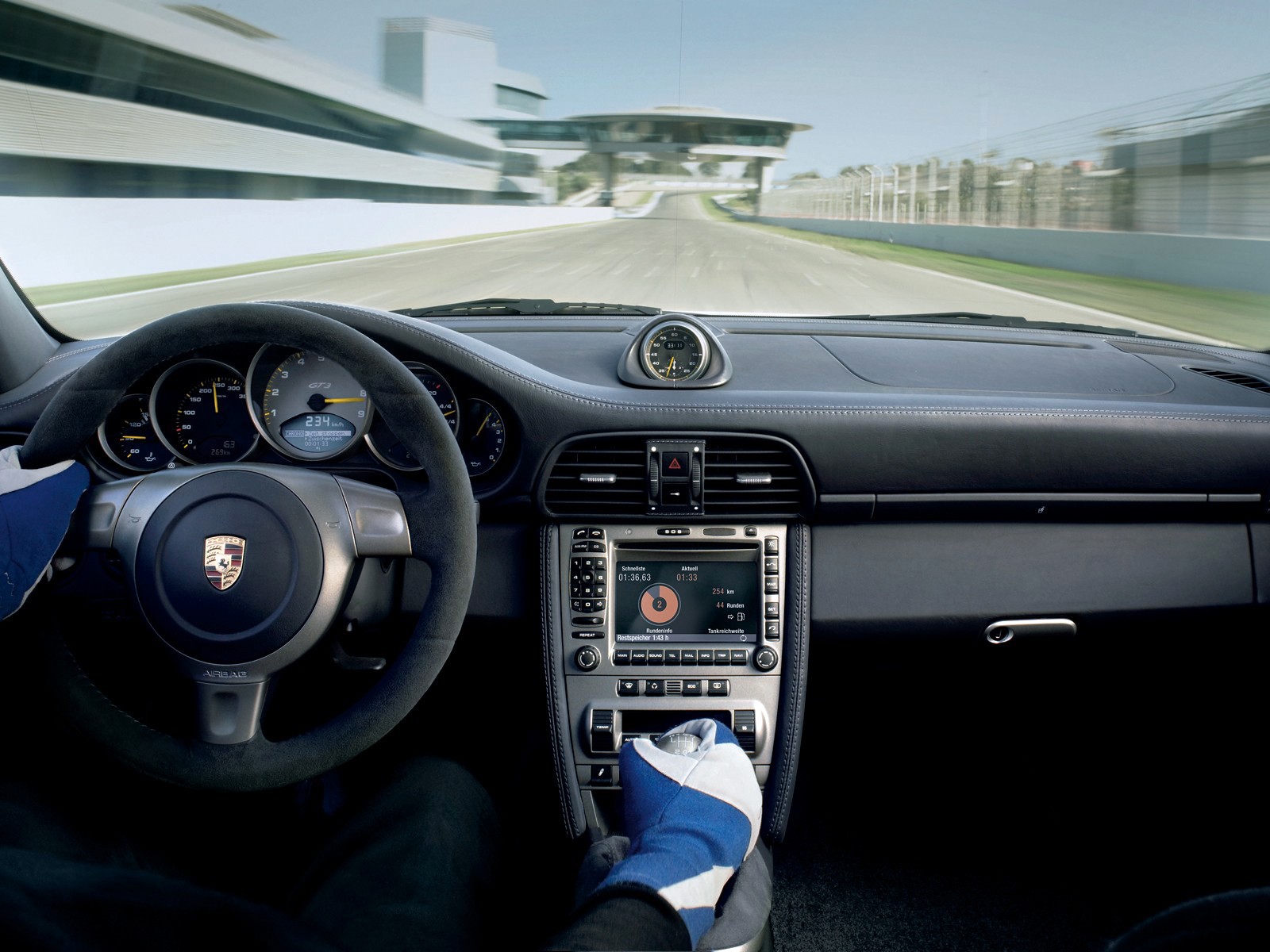
Step 2 – Follow scheduled maintenance recommendations
Porsche has developed scheduled maintenance requirements for a reason. If anything, it provides a guideline to follow so you know when to perform certain repairs and when to change out components. They recommend these intervals so that you can minimize wear and because they have determined that certain components and fluids have life cycles. If you allow your car to go past some of these intervals, it could greatly increase the chance of abnormal wear.
Of course, the more you drive, the more frequently you will have to be doing maintenance, but that will keep your 911 running in its optimal performing condition. Also keep in mind that if you drive your car in extreme conditions or put it through its paces on track, it will change the scheduled maintenance recommendations and it is possible you will have to be doing more maintenance more frequently.
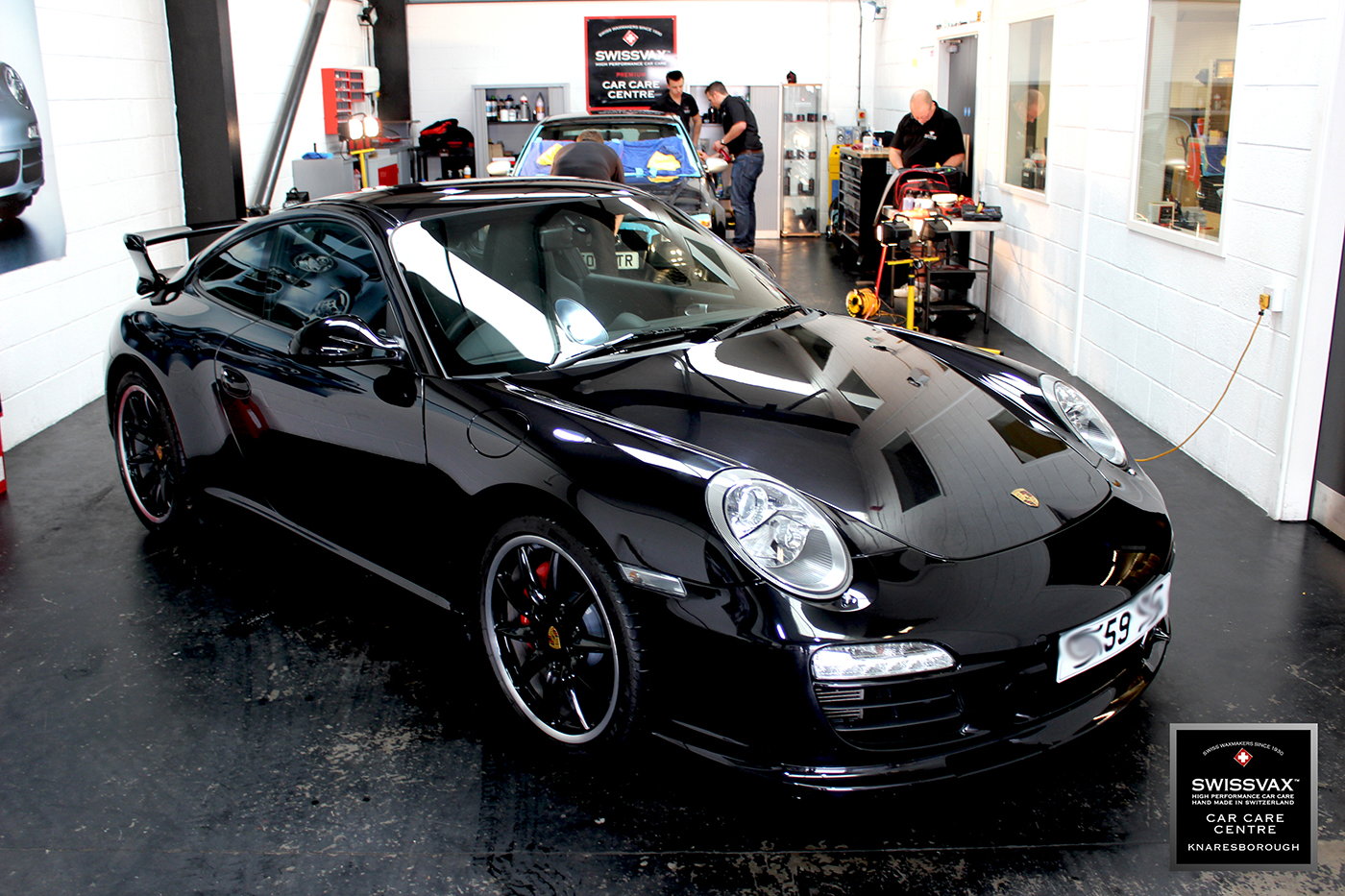
Step 3 – Follow a consistent start up and initial driving procedure
When you first start your car after it has been sitting for a bit and has completely cooled down, it's always a good idea to let it get up to its normal operating temperature before driving it hard or letting it go through its complete rev range. It's a good idea to at first start it up and let it idle for a little bit at first to get all the oil flowing and to get an initial bit of heat into it. An engine won't reach its operating temperature by sitting there idling, so don't let it idle for an extended period of time. When you start driving, be easy on it and drive it smoothly until you see the temperature reach around 200 degrees Fahrenheit. It's always good to develop your own procedure of doing this and to be consistent with performing it. Cars such as the 911 are designed to run in very specific heat ranges, and their engines will perform the best in these ranges.

Step 4 – Improve your driving
If you have ever been to any sort of racing school, you most likely were told that smooth is fast and fast is smooth. Well, smooth operation also applies to keeping excessive wear away from your car. Your car will respond better to smooth inputs, and over time this will reduce the amount of wear caused by the driver. This is especially critical if you drive a manual. There is almost nothing worse for an engine than incorrect gear selection or bad RPM matching when letting out the clutch. Also remember to use progressive throttle inputs and not on/off style throttle inputs. Remember, your accelerator pedal is not a switch. Driving your 911 with force instead of finesse will cause it to wear that way also.
Also consider taking some performance driving courses. Most of what they teach in these classes, especially in the beginning, is how to drive smooth because that is how you become faster and have better control of your vehicle.

Related Discussions and Sites
- Engine Reliability of 997 - Rennlist.com
- 997.2 Engine Reliability - Rennlist.com
- Are Porsche Boxer Engines Fragile? - Rennlist.com
- Porsche Maintenance Intervals - Porsche.com
- Porsche Service PDF - Porsche.com

